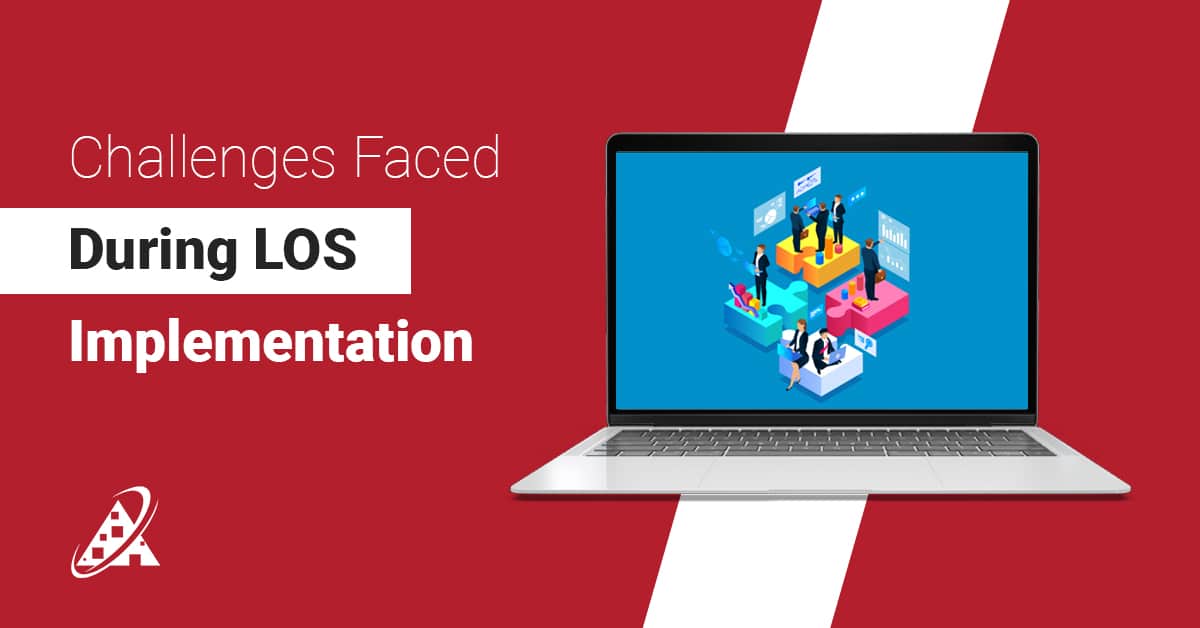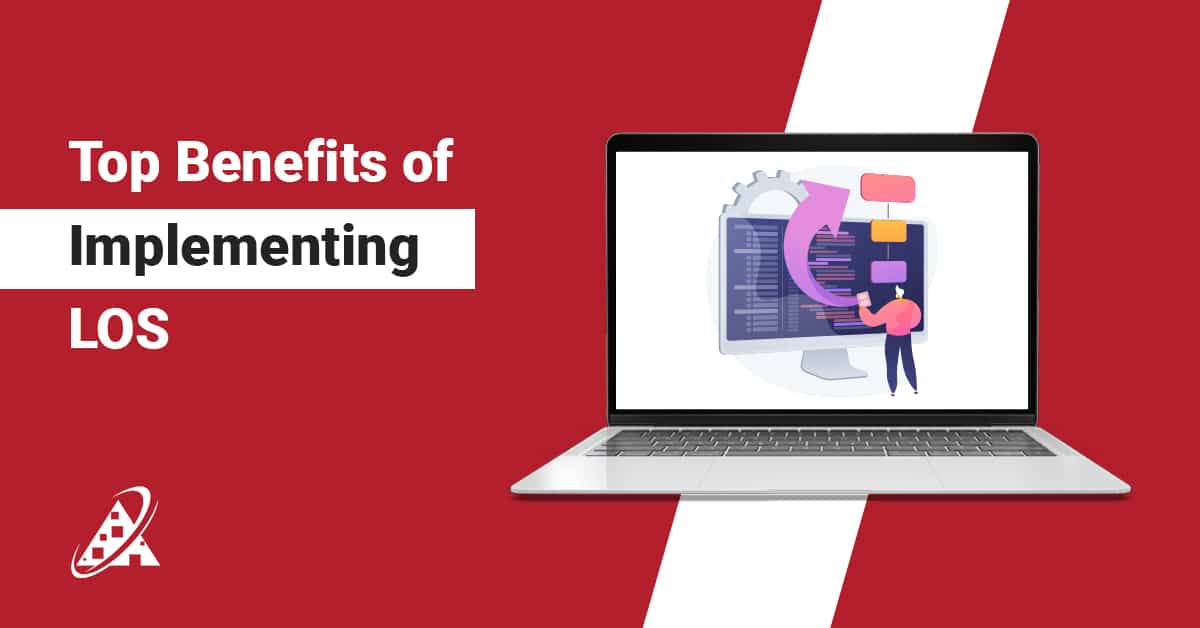In the digital age, the management of documents holds pivotal importance for businesses across industries. As we delve into 2023, the landscape of automated document processing is undergoing transformative shifts driven by technological advancements and evolving business needs. These top automated document processing trends are not only shaping the way organizations handle their documents but also revolutionizing productivity, security, and collaboration in the modern workplace.
1. Cloud Storage Ascends in Intelligent Document Automation
Cloud storage has been on a steady ascent, and its prominence continues to soar in 2023. The allure of secure document storage accessible from anywhere with an internet connection is undeniable. Particularly beneficial for remote teams and businesses with multiple locations, cloud storage providers offer automated backups, version control, and scalability options, making document management and collaboration seamless.
Moreover, cloud storage aligns harmoniously with the surge in remote work and robotic process automation (RPA), enabling efficient and secure document management for the ever-evolving digital landscape.
2. Blockchain: Pioneering Document Security and Integrity
Blockchain technology, renowned for its decentralized and immutable nature, is making waves in the realm of document security. In 2023, the use of blockchain for document management is gaining momentum, providing an unalterable record of a document’s lifecycle. This inherent security ensures documents are tamper-proof and authentic, bolstering trust and reducing the risk of fraud.
With blockchain, organizations can maintain an indisputable audit trail, tracking document access and changes. Smart contracts, a product of blockchain technology, automate tasks like approvals and signatures, enforcing contract terms with precision. As data breaches and unauthorized access remain concerns, blockchain is poised to be a robust tool for enhancing the security of intelligent document processing.
3. Document Process Automation: The Power of AI and ML
Artificial intelligence (AI) and machine learning (ML) are at the forefront of document automation processing trends in 2023. These technologies empower businesses to automate tasks like data extraction, document classification, and indexing. The implications are profound: time is saved, errors are reduced, and the accuracy and consistency of document processing are elevated.
Automation transcends manual workflows, allowing document processing to occur in real-time and fostering operational efficiency. With ongoing advancements in AI and ML, the trajectory towards increased business process automation is set to drive remarkable improvements in productivity and overall efficiency.
4. Swift Search Through Automation
As the digital landscape inundates organizations with a deluge of documents, the challenge of swift document retrieval becomes pronounced. Enter automation-driven swift search solutions. With AI and ML capabilities, automation enhances search functionality, enabling rapid and precise document retrieval.
Natural language processing (NLP) and optical character recognition (OCR) technologies form the backbone of this trend. NLP empowers systems to understand human language, facilitating keyword-based searches. OCR technology extracts data from documents, contributing to efficient categorization and tagging of smart documents.
Smart document recognition has emerged as a cornerstone of efficient document processing. This technology leverages advanced algorithms to analyze the content and structure of documents, enabling automated document indexing and classification. Through a combination of OCR and ML techniques, smart document recognition systems can accurately categorize documents based on their content, layout, and context, accelerating document indexing and enhancing the accuracy of document categorization.
5. RPA and BI: A Dynamic Duo for Efficiency
The symbiotic relationship between Robotic Process Automation (RPA) and Business Intelligence (BI) technologies is propelling the efficiency of document processing workflows. RPA automates repetitive tasks such as data entry, validation, and extraction, liberating employees to focus on high-value endeavors.
BI technologies offer insights into document management processes, identifying bottlenecks and optimizing workflows. The convergence of RPA and BI streamlines document processing, reduces processing times, and affords organizations a deeper understanding of their operations.
6. Social Media Integration: Transforming Communication
2023 witnesses the fusion of social media and document processing. Social media platforms are not only communication tools but also avenues for customer engagement. Integrating social media into document management systems facilitates real-time interactions, enabling businesses to receive customer feedback, support requests, and inquiries seamlessly.
Beyond customer engagement, social media integration enables real-time collaboration on documents among team members. In a rapidly evolving digital landscape, effective communication underpins success, making this trend instrumental in enhancing document processing efficiency.
7. Integration with Other Business Systems: Streamlining Workflows
The integration of automated document processing with other key business systems is becoming a cornerstone of efficient operations. Seamlessly connecting document processing with various systems enhances workflow automation and data consistency.
Integration with Enterprise Resource Planning (ERP) Systems: Integrating document processing with ERP systems centralizes data management and streamlines processes like invoicing, procurement, and financial reporting. Documents relevant to financial transactions, such as invoices and purchase orders, can be automatically captured, classified, and associated with corresponding ERP records, reducing manual data entry and errors.
Integration with Customer Relationship Management (CRM) Systems: The integration between automated document processing and CRM systems empowers businesses to consolidate customer-related documents, such as contracts, agreements, and communications. This synergy ensures that sales and customer support teams have quick access to relevant documents, enhancing customer interactions and relationship management.
Integration with Loan Origination Systems (LOS): For businesses in sectors like banking and finance, integrating document processing with LOS streamlines the loan application and approval process. Documents required for loan origination, including financial statements and legal documents, can be automatically processed, validated, and tracked, expediting decision-making and improving customer experience.
8. Embracing Mobility: Document Management On-the-Go
Mobile devices have become an extension of modern workspaces, prompting the emergence of mobile-friendly document management solutions. These solutions empower employees to access, share, and collaborate on documents from their smartphones or tablets, regardless of their location.
Security considerations are integral to mobile document management. Mobile device management (MDM) solutions ensure that sensitive documents are protected, even when accessed on mobile devices. As remote work and mobility continue to redefine work dynamics, embracing mobile-friendly document management is indispensable.
9. UI/UX: Where Visual Appeal Meets Functionality
The visual appeal and user experience (UI/UX) of document management systems are gaining prominence. Well-designed UI/UX interfaces simplify navigation, minimizing time spent searching for documents and navigating menus. Beyond efficiency, a user-friendly UI/UX fosters employee engagement, leading to increased user adoption and satisfaction.
Organizations are recognizing the significance of UI/UX design in enhancing document management systems. In 2023 and beyond, expect a heightened emphasis on creating visually appealing and intuitive interfaces that amplify productivity and user experiences.
10. Personalized Portals for Enhanced Functionality
Customized portals are emerging as tailored solutions to streamline document management. These web-based interfaces provide employees with access to documents pertinent to their roles, expediting access and enhancing collaboration. The result is heightened productivity, as employees spend less time searching for documents and more time on value-driven tasks.
Furthermore, customized portals can deliver real-time notifications, ensuring employees remain informed about critical document processing workflows. This trend epitomizes the marriage of personalization and efficiency in modern document management practices.
11. Collaboration Across Borders: Global Stakeholder Engagement
In a globalized business landscape, effective collaboration among stakeholders across geographical boundaries is imperative. Collaboration technologies, ranging from video conferencing to virtual collaboration platforms, are bridging these gaps. Cloud-based document management systems enable seamless communication, ensuring efficient workflows despite different time zones and locations.
This trend aligns with the prevailing business reality of distributed teams and global operations. As organizations expand their footprint, collaboration technologies are indispensable tools for ensuring seamless document processing across borders.
Conclusion: A Glimpse into Top Smart Document Automation Trends
In 2023, the landscape of automated document processing is undergoing transformative shifts, leveraging cloud storage, blockchain security, AI-driven automation, and efficient search solutions. The integration of technologies like RPA and BI, as well as the fusion of social media and mobile accessibility, is enhancing collaboration and streamlining workflows. With a focus on user experience, personalized portals, and global collaboration tools, businesses are revolutionizing document management, fostering productivity, security, and seamless cross-border operations.












